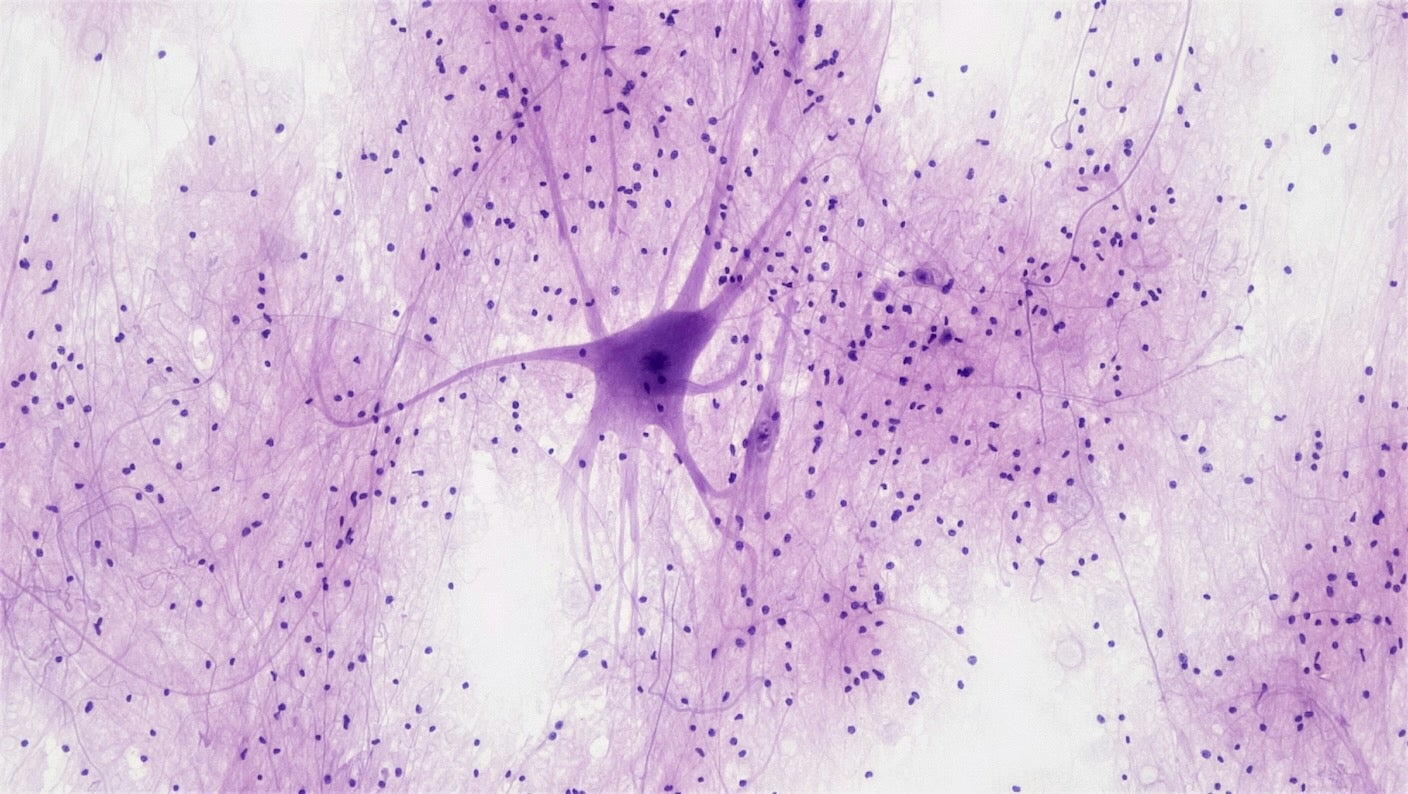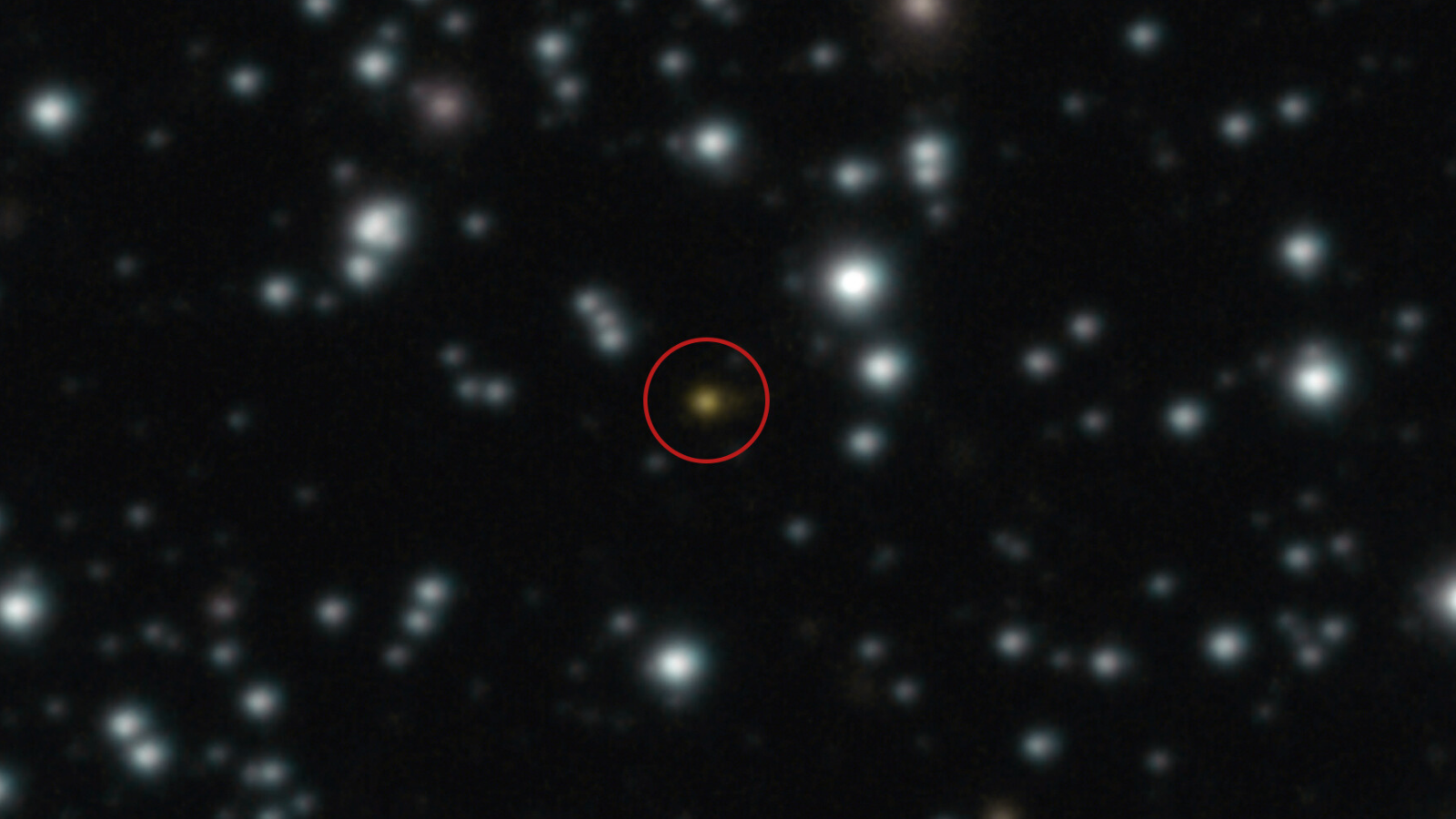The Discovery of the Dogxim: A Unique Hybrid Canid in Brazil

In the year 2021, an unexpected and fascinating incident occurred near the city of Vacaria, situated in Brazil’s southern state of Rio Grande do Sul. A young female canid was discovered injured on the roadside after being struck by a vehicle. What many initially perceived as a tragic event quickly transitioned into a captivating investigation by veterinarians and scientists alike. The animal presented a perplexing appearance, not fitting neatly into the categories of known species; it was neither a typical domestic dog nor a conventional wild fox. Instead, its physical traits suggested a blend of both, unveiling a genetic mystery that blurred the lines between domestic and wild canids.
An Extraordinary Genetic Discovery
The unusual characteristics of this canid prompted a collaborative effort among veterinarians at the Federal University of Rio Grande do Sul and geneticists, wildlife specialists, and researchers from several other local universities. Their comprehensive analyses revealed a remarkable finding: the animal was a hybrid, resulting from the mating of a domestic dog (Canis lupus familiaris) and a pampas fox (Lycalopex gymnocercus), a species indigenous to the expansive grasslands of South America.
This unique hybrid, which has been aptly named the dogxim—a portmanteau combining the words “dog” and “graxaim-do-campo,” the local term for the pampas fox—was found to possess a total of 76 chromosomes. This number intriguingly lies between the 78 chromosomes characteristic of domestic dogs and the 74 of pampas foxes. The groundbreaking discovery was formally documented in a 2023 study published in the scientific journal Animals, marking it as the first scientifically verified instance of hybridization between these two distinct species that diverged from a common ancestor approximately 6.7 million years ago.
From a morphological perspective, the dogxim displayed a fascinating mixture of traits inherited from both parental species. It boasted the elongated snout and thick, coarse fur typical of the pampas fox, while also showcasing features such as large, pointed ears and a slender physique. Behaviorally, the hybrid exhibited canine traits, engaging in activities like barking and playing with toys, yet it showed a strong preference for live prey, eschewing processed foods like commercial kibble.
Flávia Ferrari, an environmental advocate who took care of the animal during its recovery, described the dogxim as “not a dog, not a fox, but an incredible hybrid.” She noted its personality as being “timid and cautious,” emphasizing that it was “not as docile as a dog, but lacking the expected aggression of a wild canid when handled.”
Human Influence and Ecological Concerns
Experts posit that this rare instance of hybridization is likely a consequence of the increasing overlap between human populations and the natural habitats of wild animals. The pampas fox typically inhabits grasslands but has also adapted to fragmented and disturbed landscapes, including areas grazed by livestock and locations in close proximity to urban development. This closeness elevates the likelihood of encounters between domestic dogs and wild foxes—an interaction that has become more common due to the expansion of infrastructure and human activities.
Jacqueline Boyd, a lecturer in animal sciences at the University of Nottingham Trent, highlighted the broader implications of the dogxim's presence. She remarked, “The presence of the dogxim probably reflects increased contact between wild and domestic animals. This is unsurprising given human expansion into wild areas, but it raises concerns about the risk of disease transmission between species and the displacement of wildlife.”
Tragically, the dogxim passed away in 2023, mere months after its rehabilitation efforts had commenced. Nonetheless, its discovery raises significant questions regarding the conservation of wild canids. Should such hybrids be capable of reproduction, as genetic evidence suggests they could, there is potential for them to disrupt the genetic composition and behavioral patterns of native fox populations, thereby posing a threat to their long-term survival.
Detailed Genetic and Cytogenetic Analysis
The extensive study conducted by researchers at the Federal University of Rio Grande do Sul employed a combination of genetic sequencing, cytogenetics, and field observations to thoroughly characterize the dogxim. Mitochondrial DNA analysis confirmed that the hybrid’s maternal lineage was traced back to the pampas fox, while nuclear DNA samples revealed significant genetic contributions from domestic dogs.
The hybrid’s karyotype—an arrangement of chromosome count and structure—showed a distinct amalgamation: a total of 76 chromosomes, with acrocentric autosomes and two X chromosomes with differing morphologies. One of these X chromosomes was submetacentric, akin to that of the pampas fox, while the other was metacentric, resembling that of the dog. This chromosomal analysis bolstered the hypothesis of hybrid origin.
Further investigations into the nuclear DNA segments allowed researchers to identify polymorphisms exclusive to each parental species, which the dogxim inherited in a heterozygous state. These genetic markers confirmed the biparental inheritance indicative of a hybrid. Despite scrutinizing over 1,100 photographs of pampas foxes in the region, no other animals were found resembling the dogxim, underscoring the rarity of this extraordinary case.






























